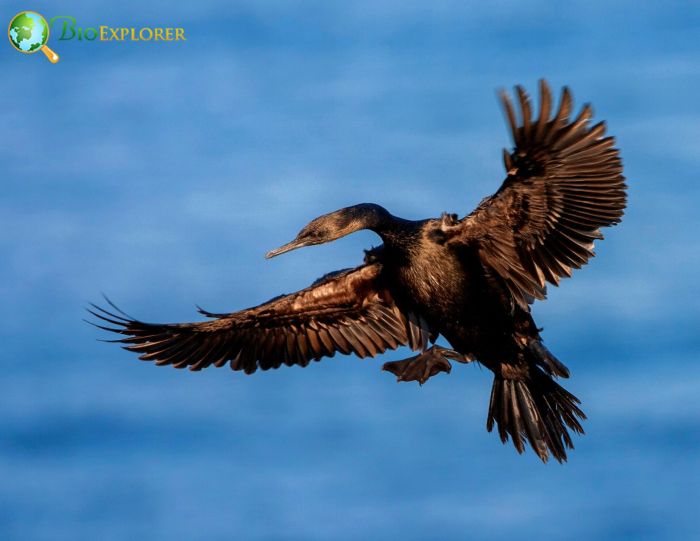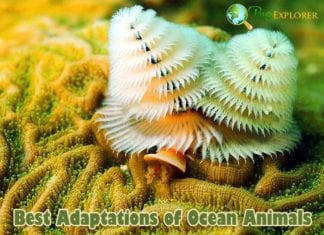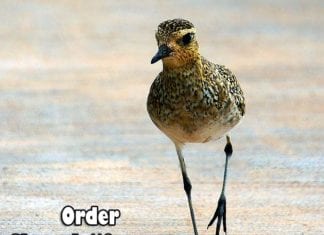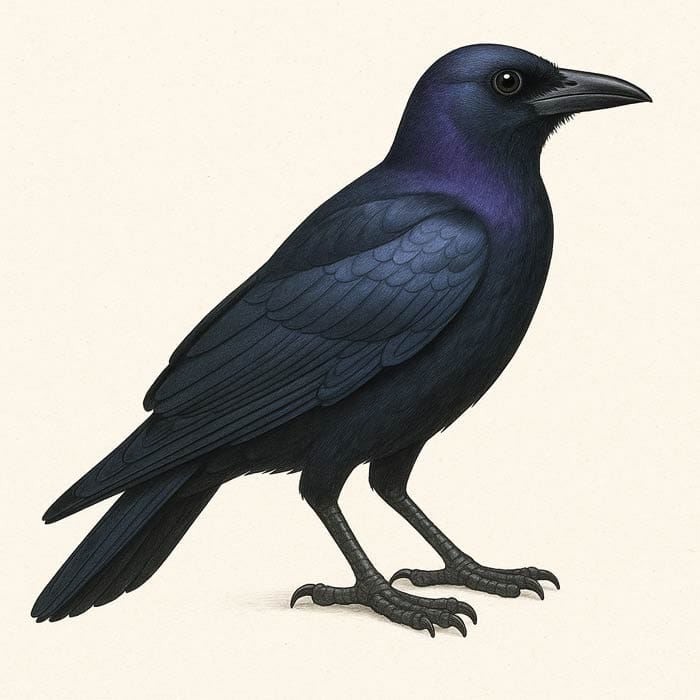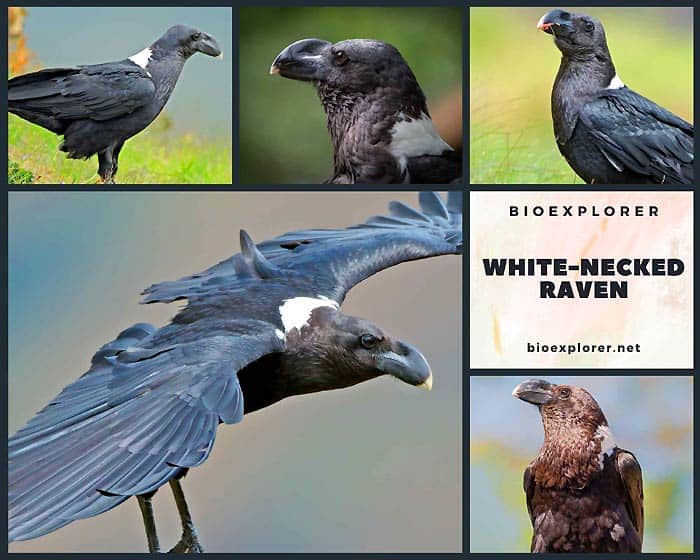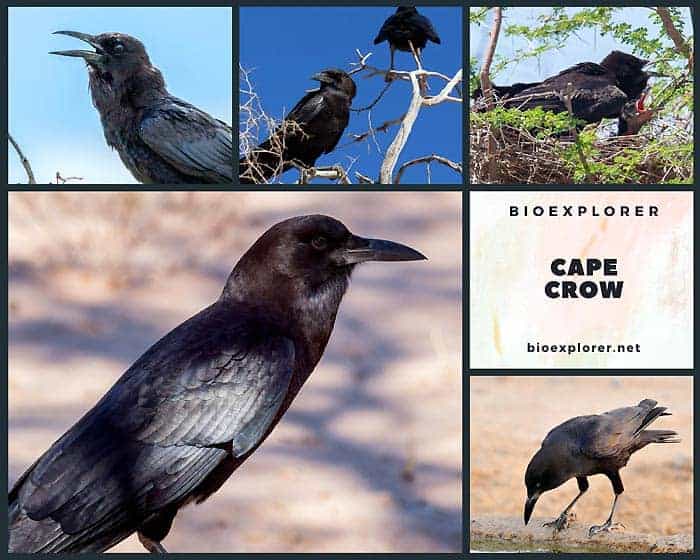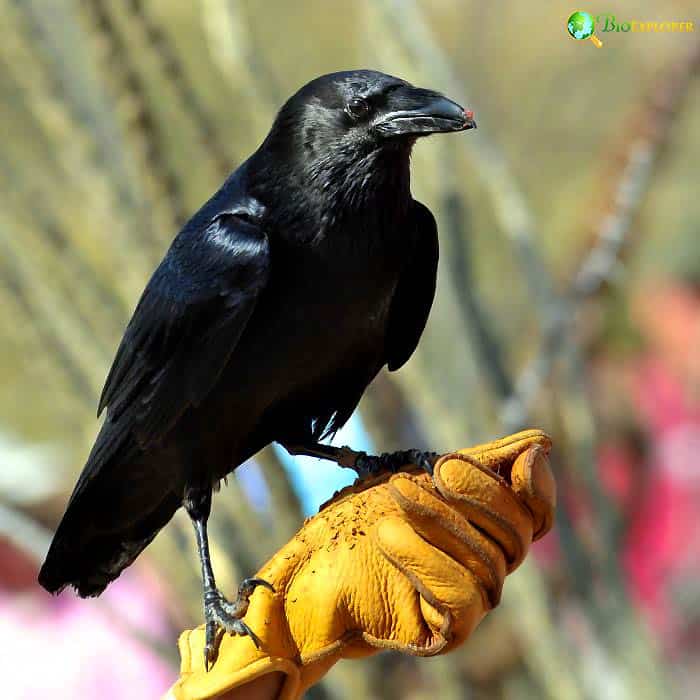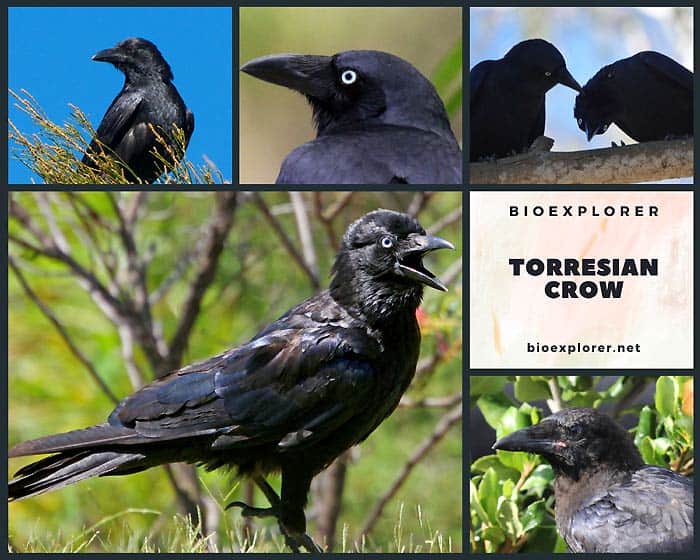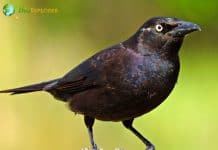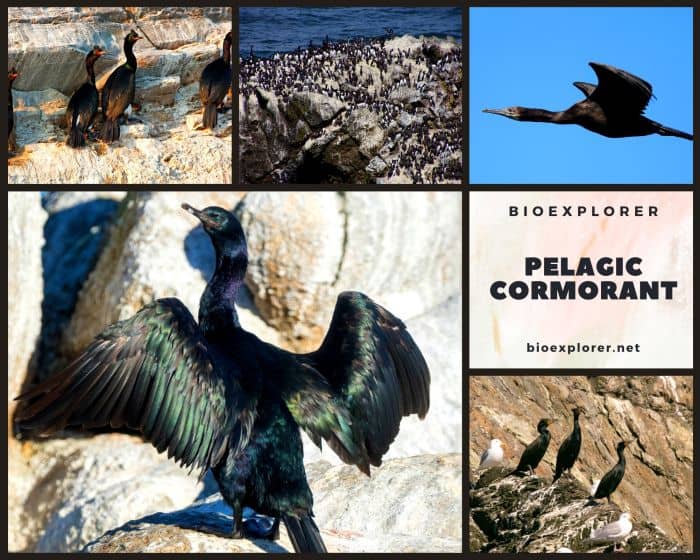
| Animalia | Aves | Suliformes | Phalacrocoracidae | Chordata | Urile pelagicus |
A little, slender species known as the pelagic, it flies with a narrow, straight neck that is frequently compared to a broomstick. These blackbirds are common in inaccessible locations, such as steep slopes or small ledges on cliffs, such as rocky bays and extremely deep waters close to cliff faces. This Cormorant was officially classified by Peter Simon Pallas, a Prussian zoologist in 1811.
Table of Contents
Pelagic Cormorant Physical Characteristics
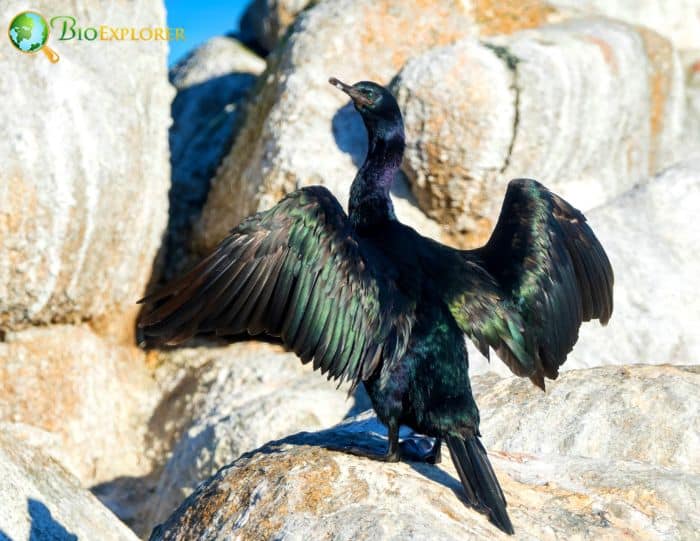
The pelagic cormorant (Urile pelagicus), a member of the Phalacrocoracidae family, is a small cormorant species with distinctive physical characteristics. Here are some key features:
- Size: The pelagic cormorant measures approximately 25 to 35 inches long, with a wingspan of about 3.3 feet. They weigh between 52 and 86 pounds.
- Body shape: This species has a slender body with a long, thin neck, a narrow head, and a long tail.
- Crests: Breeding adults display short crests on both the front and back of their crowns.
- Color: Breeding adults possess a glossy green or purple-black plumage, a coral-red throat patch, and neat white patches on the flanks.
- Bill: The bill of the pelagic cormorant is surrounded by a small area of red skin[1].
- Juveniles: Juveniles are uniformly dark brown in color.
- Glossiness: Adults that do not breed exhibit a similar appearance but with less glossiness, duller face skin, and no white flank patches.
Pelagic cormorant species in the Pacific are smaller and more slender than other cormorant species. They are exclusively marine in their habits, although they tend to prefer coastal areas.
Nesting occurs on coastal cliffs, while foraging occurs in rocky waters, typically close to shore. While they may feed alone, they can be gregarious at other times, often perching together on rocks near the water.
Pelagic Cormorants are not really “pelagic“
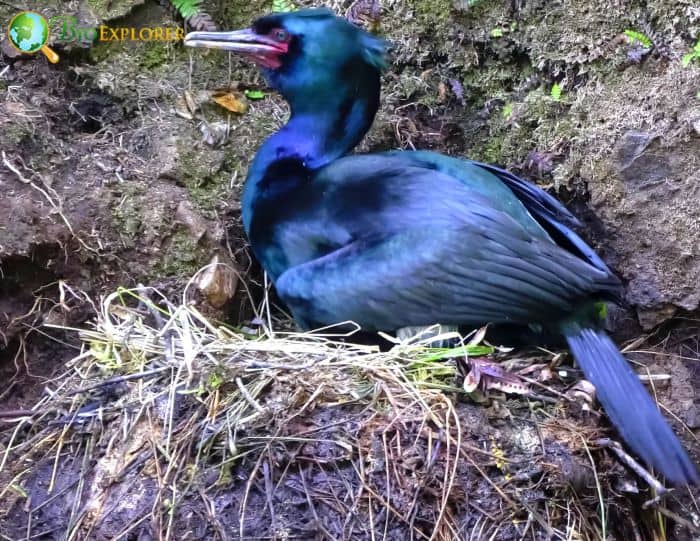
The Pelagic Cormorant, a member of the cormorant family, resides along the northern Pacific coast and occasionally ventures into the open ocean during winter.
- While “pelagic” denotes[2] association with the open ocean, it adequately describes this species. However, they tend to stay relatively close to the coast and seldom venture more than a few miles out to sea.
- Typically, Pelagic Cormorants can be observed on the ocean, near the shore, or even farther out to sea, favoring rocky bays and areas with deep water near cliffs’ bases. They build nests on narrow ledges, steep slopes, and other inaccessible locations on islands or coastal areas.
- With a diet mainly consisting of fish, Pelagic Cormorants dive to impressive depths of up to 138 feet[3], using their hooked bills to seize prey. They are capable of staying submerged for over two minutes while foraging.
- Interestingly, Pelagic Cormorants share similar habitats and feed the same fish species as Pigeon Guillemots. Yet, despite the significant overlap in diet and habitat, they do not compete for food.
Suggested Reading:
Explore 15 Remarkable Adaptations of Ocean Inhabitants
Pelagic Cormorants are deep divers
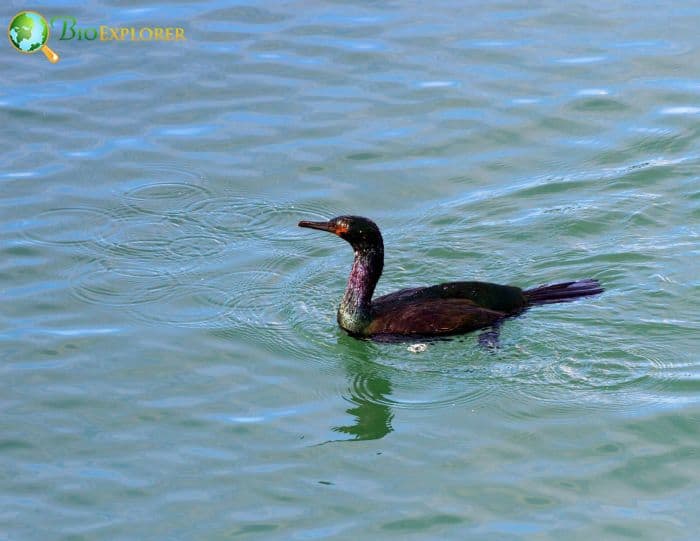
Pelagic Cormorants are renowned for their impressive diving abilities, enabling them to explore the depths in search of fish. Research reveals the following about their diving capabilities:
- Pelagic Cormorants can hold their breath for up to 2 minutes, allowing them to remain submerged while pursuing their prey.
- These black-feathered birds have been observed diving to impressive depths of 138 feet (42 meters) as they skillfully navigate the underwater realm.
- Among cormorant species, including the Pelagic Cormorant, exceptional divers can achieve even greater depths, reaching up to 150 feet[4] (45 meters).
- Diving theory suggests that cormorants possess adaptations suited for extended stays underwater with their sizable bodies, ample oxygen storage capacity, and efficient metabolism[5].
- A study conducted on Pelagic Cormorants found that their average dive time ranged from 1.5 to 6.1 meters[6], lasting approximately 45.3 seconds.
- When submerged, cormorants employ their feet for propulsion, using their wings as rudders to navigate precisely.
- Following a successful fishing excursion, cormorants often return to land, where they can be frequently observed extending their wings to bask in the sun. This behavior aids in the drying process.
Pelagic Cormorants prefer private life
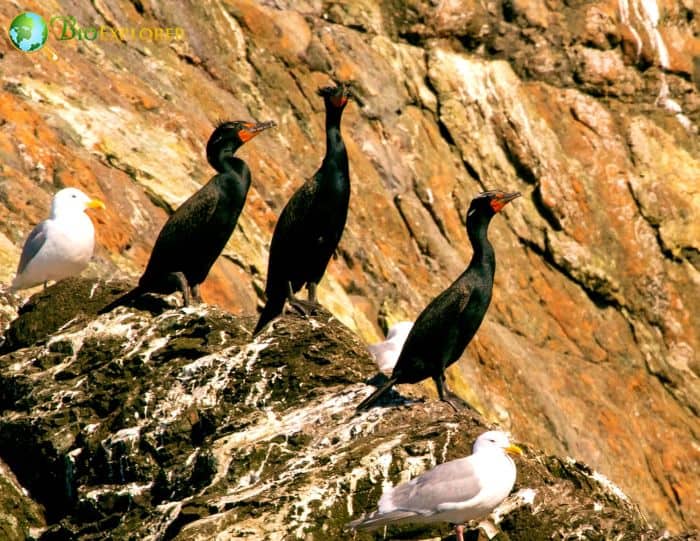
Based on the provided sources, Pelagic Cormorants are known to be less social compared to other cormorant species. They typically nest on cliffs and headlands along rocky coasts, opting for narrower ledges and steeper sites.
- They may occasionally utilize man-made structures such as bridges, piers, ships, towers, or navigation aids as nesting sites. During the breeding season, they may exhibit gregarious behavior, perching together in groups on rocks near water while extending their wings to dry. However, they tend to be more solitary when it comes to feeding.
- On land, Pelagic Cormorants display a somewhat clumsy gait characterized by a high-stepping, waddling motion. When landing, they often scratch the ground. When they feel threatened, they may emit hissing, grunting, or croaking sounds.
- Pelagic Cormorants typically reuse the same nest for multiple years, constructing it with seaweed, grass, and debris from the ocean until it forms a mound of five to six feet in height. They prefer nesting in seclusion and do not display highly social behaviors[7].
- Breeding plumage is commonly observed in February, and nest-building activities typically commence in March[8].
In summary, Pelagic Cormorants tend towards a private lifestyle, selecting secluded nesting areas and displaying limited social behavior. However, during the breeding season, some gregarious tendencies may be observed.
Pelagic Cormorants are attached to their nests
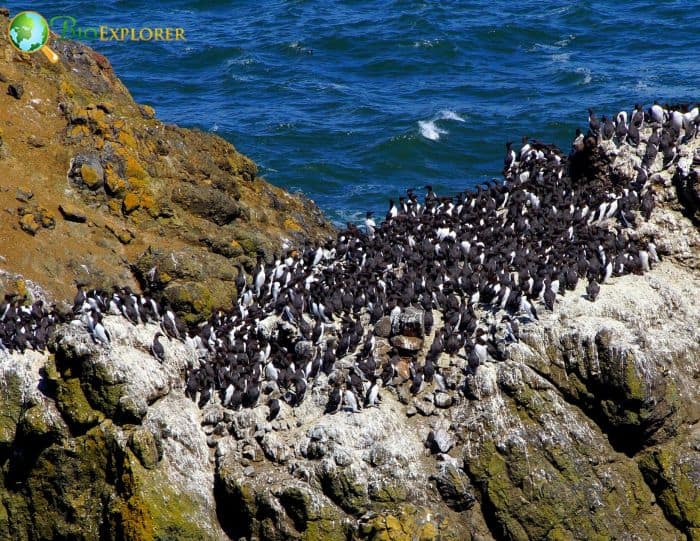
Pelagic Cormorants prefer breeding habitats on rocky shores and islands. Unlike larger cormorants, they tend to select narrower ledges and steeper locations for nesting.
- These black birds exhibit a unique nesting behavior by utilizing the same nest for multiple years. Over time, they accumulate seaweed, grass, and ocean debris, forming a mound reaching 5 to 6 feet.
- While Pelagic Cormorants do not form large colonies, smaller groups may nest together. Interestingly, they may alternate between two or three nesting sites within a region yearly.
- Pelagic Cormorants employ their own guano (feces) as a bonding agent to strengthen their nests and secure them to the cliff face. This behavior allows them to solidify the nest materials and create a more stable structure.
- Regarding social behavior, Pelagic Cormorants are considered among the least gregarious of the cormorant species. They typically nest on steep cliffs along rocky and exposed shorelines, preferring solitary nesting rather than forming large social groups.
Suggested Reading:
Order Charadriiformes / Shorebirds
Pelagic Cormorants use guano
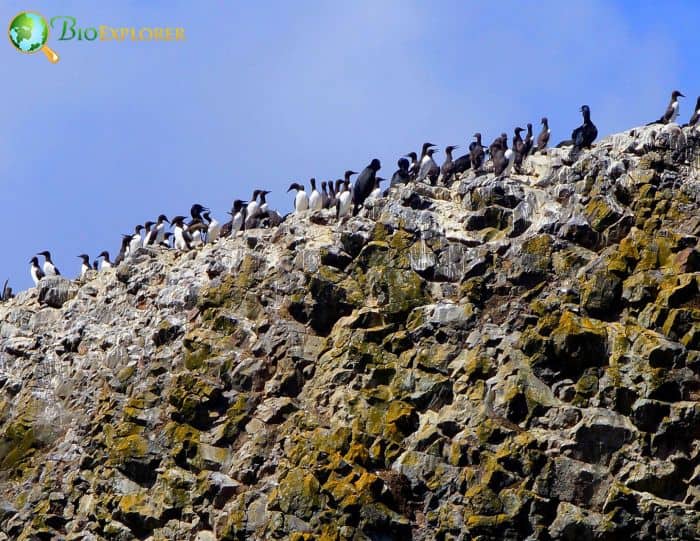
These dark aviators use bits of algae and sea grass for bricks and their guano as mortar to fasten their nests to the cliffs.
- The guano is used to solidify the nest materials and to cement the nest to the cliff face.
- Using guano is a unique adaptation that allows the birds to create a sturdy and secure nest on the steep cliffs[9] where they live.
- Pelagic Cormorants are not very social birds known to build their nests on steep cliffs.
Other Black Birds
